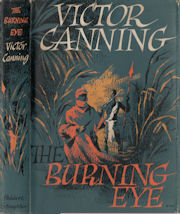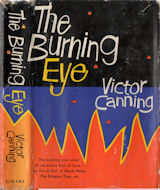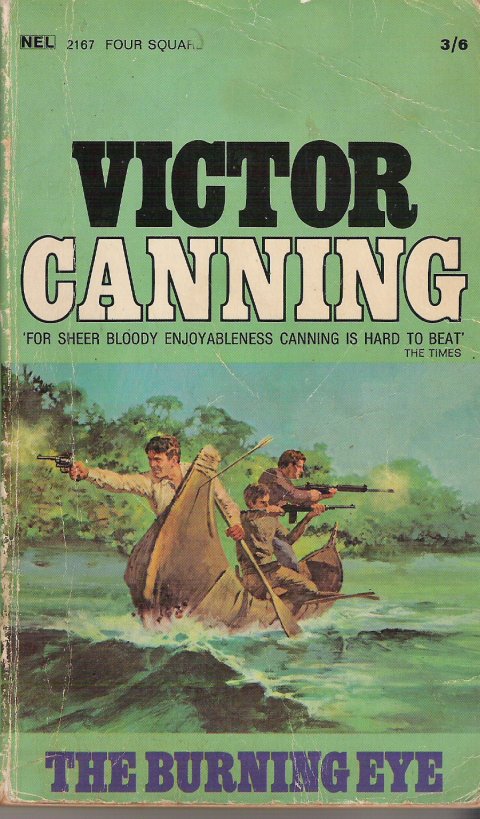
First edition 1960

First USA edition

NEL paperback, 1968

French translation, 1963
 First edition 1960 |
 First USA edition |
 NEL paperback, 1968 |
 French translation, 1963 |
The BookThe book is set in the Horn of Africa, in what was then the UN Trust territory of Italian Somaliland. A tramp steamer out of Aden develops a list due to a badly stowed cargo and has to anchor at a coastal town. The passengers go ashore while the crew work on the cargo. Suddenly the ship capsizes and the passengers together with a few survivors of the crew are stranded. Their efforts to communicate with an outside authority and organise a rescue are frustrated by the local warlord who is desperate to suppress an oil company surveyor's report of a potential oil strike. He is quite ready to kill all the inconvenient Europeans who have arrived in his territory. Luckily they have a short respite since a local religious festival has just begun and it would be sacrilege to commit murder during the sacred time. The suspense is well maintained, and the local scenery and atmosphere effectively brought to life. Canning was good at this even when he was writing about places he had not actually visited. (He did know North Africa well from army service and later visits.) The way in which he manages to convey the brutality and lawlessness of this ungovernable area makes him seem very prescient in the light of what we have since read in newspapers. |
Publishing HistoryPublished by Hodder and Stoughton in 1960 at 15/-. (There was no information about the printing history in the H. and S. archives.) The US edition was by W. Sloane Associates, 1960. It was serialised in John Bull in four parts from 6th to 27th February 1960 and appeared in condensed form in Ladies Home Journal, January 1960. Also published in an Odhams Man's Book compilation with Psycho by Robert Bloch and Send a Gunboat by Douglas Reeman in 1961. The book contains remarkably vivid descriptions of the terrain and culture of the coastal villages of the area. The unacknowledged source for much of this was Peoples of the Horn of Africa: Somali, Afar and Saho by I. M. Lewis, published by the London International African Institute, 1955. The very striking cover design for the first British edition is by the magnificent Val Biro, designer of 3,000 book covers. |